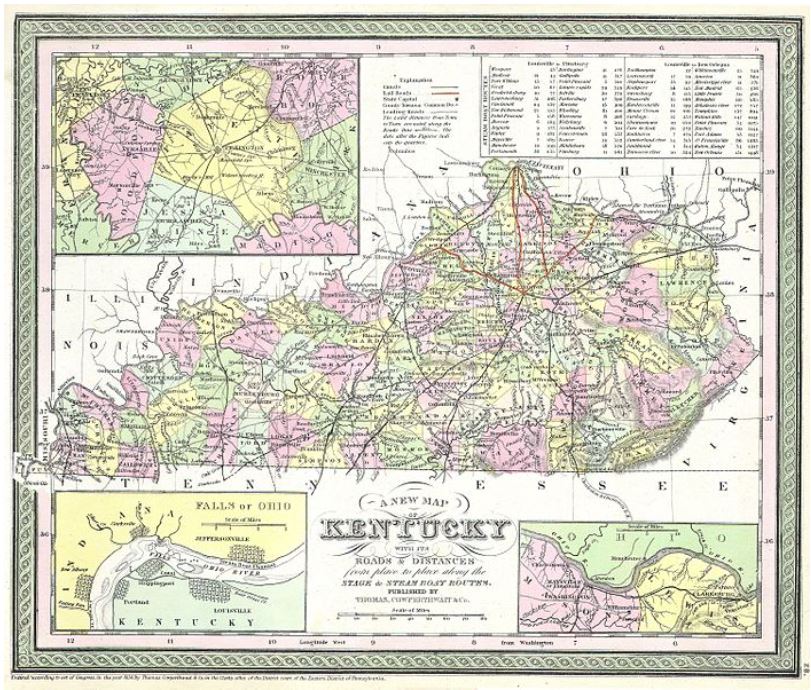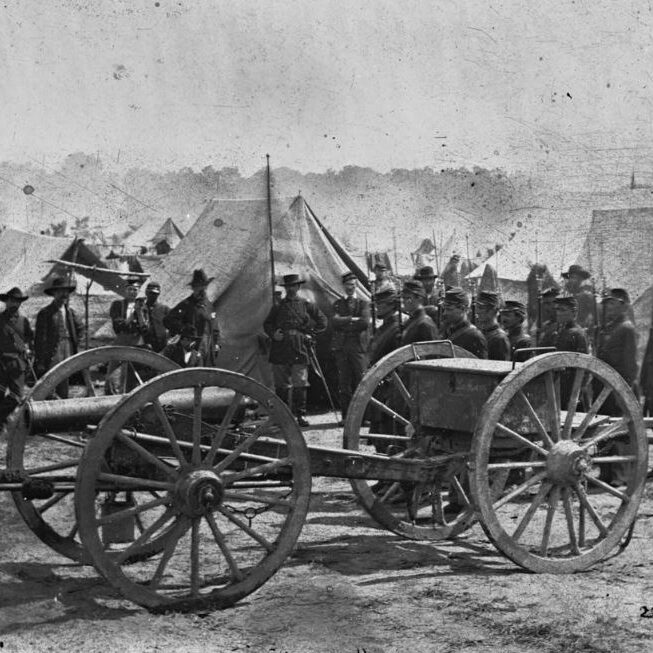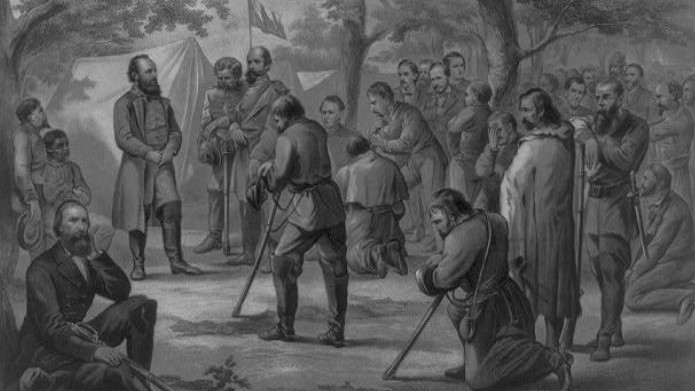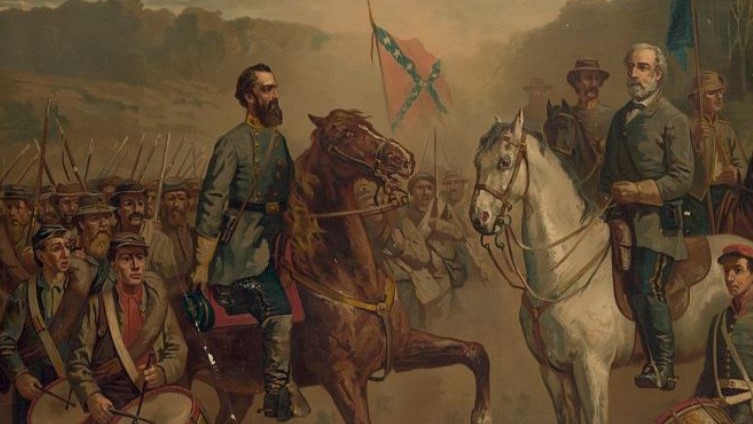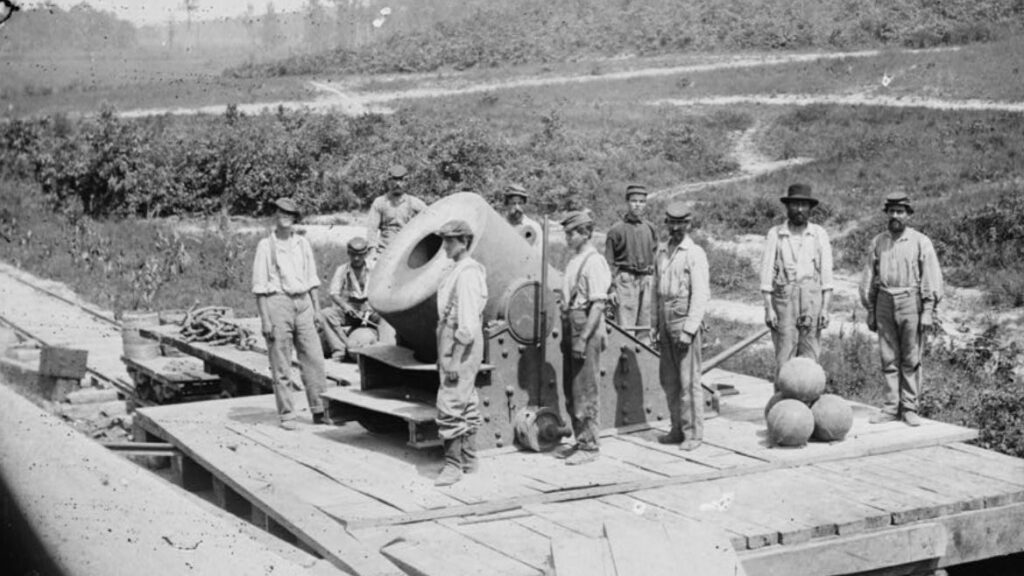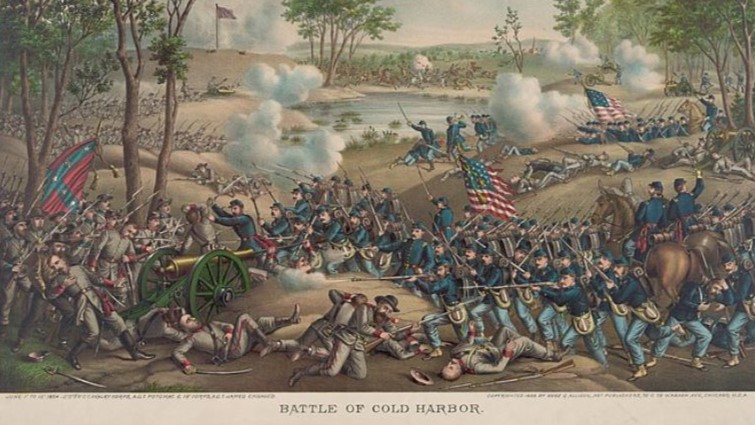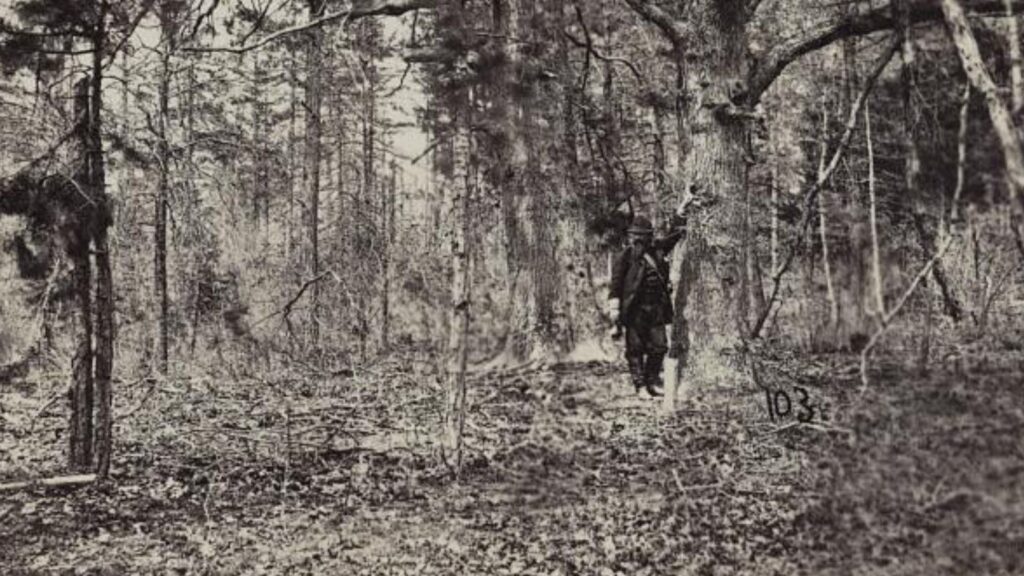Kentucky’s decision during the Civil War proved critical, with the border state pulled between the Union and Confederacy. Had Kentucky joined the South, the outcome may have profoundly shifted in the Confederacy’s favor.
We explore this intriguing alternative history and analyze how Kentucky aligning with the Confederates rather than remaining neutral could have strategically and economically boosted the Southern war effort and potentially America’s destiny.
- 1. Kentucky – A Border State
- 2. Kentucky's Strategic Significance
- 3. Kentucky – An Economic Boost for the Confederacy
- 4. Kentucky and its Military Strength and Manpower
- 5. Shifting Allegiances of other Border States
- 6. Hypothetical War Strategies and Scenarios
- 7. Political and Election Implications
- Further Reading
1. Kentucky – A Border State
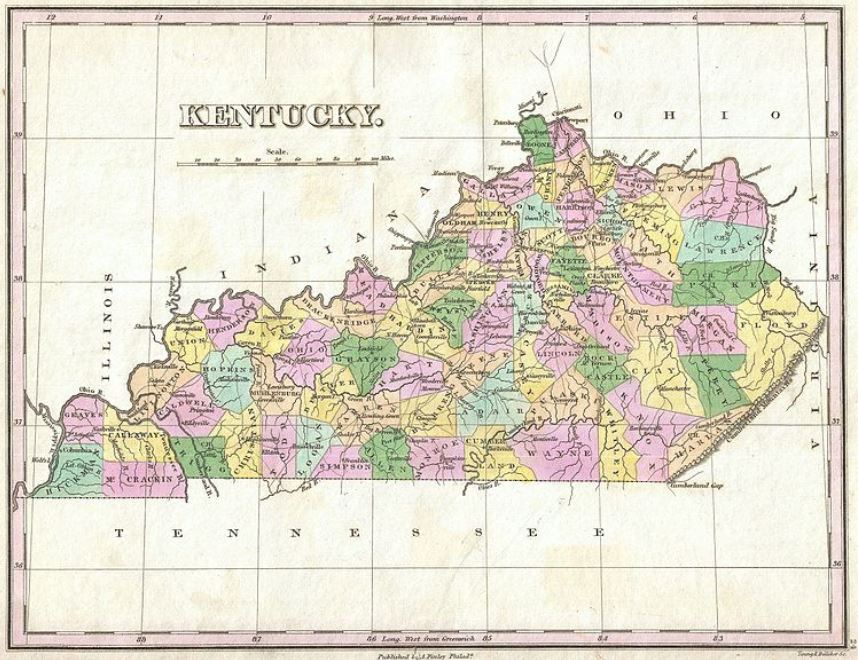
As a border state, Kentucky faced deeply divided loyalties during the Civil War.
The state occupied an important middle ground geographically between the fully Confederate states to the south and the Union states to the north.
This precarious border location put Kentucky in a difficult political position when war broke out in 1861.
Kentucky’s allegiance carried great weight due to its strategic location bordering the Ohio River as well as its substantial population and industry.
Governor Beriah Magoffin openly sympathized with the Confederate cause, refusing to provide troops when President Lincoln called for them after the attack on Fort Sumter. Magoffin opposed secession but felt equally opposed to coercing the seceded Southern states back into the Union.

However, the Kentucky legislature tended to favor the Unionist side, passing declarations of neutrality and eventually declaring for the Union in September 1861 after Confederate troops invaded the state.
This political stalemate between the governor and legislature left Kentucky caught in the middle, with mixed allegiances between North and South.
2. Kentucky’s Strategic Significance
Kentucky’s strategic location, particularly its border along the Ohio River, made the state one of the most sought-after prizes between the Union and Confederacy during the Civil War.
Control of Kentucky offered crucial advantages in navigating terrain, transporting supplies and troops, and launching invasions deeper into enemy territory.
Vital Ohio River Border

Kentucky’s northern border with Ohio along the Ohio River constituted one of its most valuable strategic assets.
The Ohio River flows westward for nearly 1,000 miles from Pittsburgh to its confluence with the Mississippi at Cairo, Illinois.
During the Civil War, controlling this river meant controlling the main logistical artery for Union forces heading southwest into the Western theater battlegrounds of Tennessee, Mississippi, and beyond.
If Kentucky had joined the Confederacy, Confederate forces could have established fortifications and naval forces along the entire length of the Ohio River within Kentucky. Instead of this border being a convenient transit route for the Union, it would become a perilous front line vulnerable to Confederate attack.
Blocking Union transport and communications along the Ohio would have made supplying and reinforcing their Western armies immensely more difficult.
Conversely, Kentucky’s Ohio River border in Union hands provided their armies with a safe, efficient route directly into the Western heart of the Confederacy. Control of Kentucky allowed the Union to quickly move troops and supplies by water rather than slower overland routes.
The Ohio was a vital logistical asset that helped the Union ultimately prevail in the Western theater.
Launching Pad for Invasion
In addition to its Ohio River border, Kentucky offered a valuable launching point for potential invasions deeper into enemy territory.
From Kentucky, Confederate armies could thrust directly north into southern Ohio or even potentially threaten cities like Cincinnati or Cleveland.
Kentucky’s relatively central location and transportation networks meant that whichever side controlled it could better marshal forces for attacking the enemy heartland.
Kentucky offered good roads, railroads, and especially navigable rivers that facilitated transport and logistics.
Kentucky’s position was perfect for serving as a staging ground for offensive operations by either side.
Dividing Strategic Focus
Beyond providing offensive opportunities, Kentucky’s loyalty also influenced how both sides allocated their forces more broadly.
For the Union, an enemy Kentucky would have forced them to spend more resources protecting Ohio River border areas that otherwise were secure.
Confederate forces based in Kentucky could have also compelled the Union to keep more troops protecting cities like Cincinnati from sudden attack.
For the Confederacy, a Union Kentucky allowed the Union to concentrate almost fully on the Eastern and coastal theaters early in the war.
If Kentucky had joined the Confederacy, the Union would have been forced to commit more troops West early on to reclaim Kentucky and defend against further Confederate advance. This dividing of Union strategic focus could have offered the Confederacy opportunities to gain advantages in the East or buy additional time.
The Ohio River, invasion routes, logistical factors, and decisions about resource allocation all pivoted around which side controlled Kentucky’s critical position on the map.
3. Kentucky – An Economic Boost for the Confederacy
Had Kentucky joined the Confederacy during the Civil War, the South would have gained vital economic resources.
Kentucky’s farms, industry, and infrastructure could have aided the Confederacy in countering Union material superiority.
Industrial Production
One major asset was Kentucky’s industrial base, particularly concentrated in Louisville.
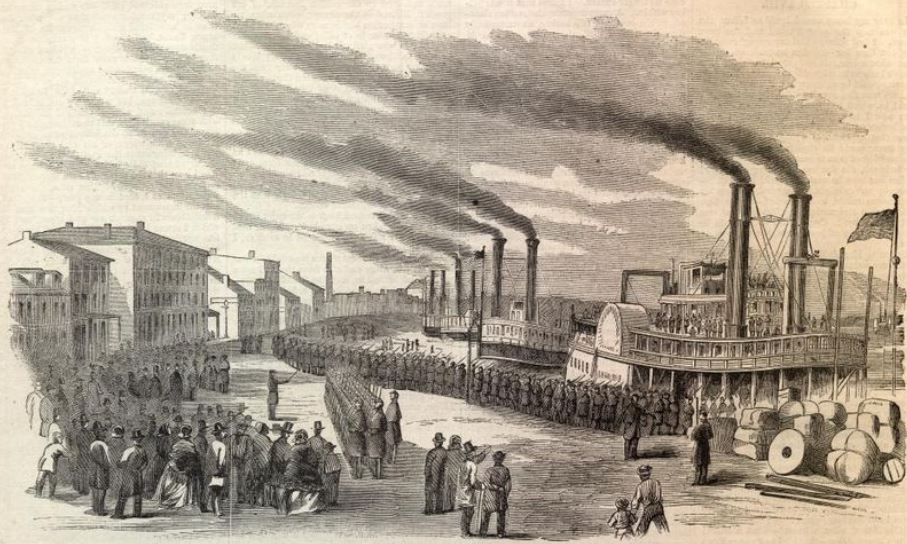
As one of Kentucky’s largest cities, Louisville contained ironworks, railroad machinery shops, riverboat yards, and other manufacturing facilities.
These industries could have been converted to wartime production of cannons, firearms, railroad iron, transport ships, and other military necessities.
The Confederacy was at a distinct disadvantage versus the Union’s more extensive industrial capacity. Access to Kentucky’s factories could have helped mitigate this weakness.
Agricultural Breadbasket

In addition to manufacturing, Kentucky was a crucial agricultural provider.
Kentucky farmland produced substantial surpluses of cash crops like tobacco, hemp, and wheat.
Foodstuffs were critical to supply Confederate troops in the field. Kentucky cattle and other livestock were also vital sources of meat, leather, and draft animals.
Controlling Kentucky’s bountiful farmland and existing supply chains would have made feeding and equipping Southern armies easier.
Disrupting Kentucky’s agricultural shipments to the Union could have further weakened Northern logistics.
Transport Networks
To fully exploit its economic resources, Kentucky offered an array of transport infrastructure.

The state contained over 1,500 miles of navigable waterways via the Ohio, Cumberland, Tennessee, and other rivers.
Owning Kentucky would have allowed the Confederacy to quickly move goods and troops by water rather than slower overland routes.
The Cumberland Gap also provided eastern access through the mountains into the heart of the Confederacy.
Moreover, Kentucky’s alignment with the South could have threatened crucial Union supply lines along the Ohio River. With Confederate control of the entire northern bank, Union shipping would have faced disruption from fortifications and naval forces.
Constraining Ohio River transit would have hampered the Union’s ability to sustain long logistical lines into the Western theater. This could have limited Union operations across the West.
4. Kentucky and its Military Strength and Manpower
Kentucky’s population and military contribution also carried significant weight during the Civil War era.
Kentucky was a relatively populous state for the time, providing substantial manpower to whichever side aligned with the state.
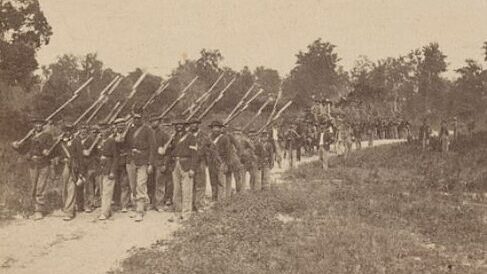
Population Base
In 1860, Kentucky had a population of approximately 1.1 million people, ranking it around 9th among the states.
Of the more populous states, nearly all aligned with the Union after the war broke out. The exceptions were Kentucky as a contested border state and Virginia which became the heart of the Confederacy.
This gave Kentucky’s population real value.
Turning Kentucky’s manpower fully against the Union could have helped the Confederacy counterbalance the North’s heavier population advantage in the war’s early years.
Military Contribution
With Kentucky officially neutral at first, both sides initially drew volunteers and recruits from the divided state. It is estimated Kentucky contributed around 40,000 – 50,000 men to Confederate ranks but over 100,000 to the Union.
Had Kentucky’s full population base and military contribution aligned with the Confederacy, it could have bolstered important Western armies.
An additional 100,000+ Kentucky troops in Southern ranks could have had a substantial impact on major western campaigns.
Strategic Balance
Kentucky joining the South could have significantly shifted the overall military balance.
The Union would have needed to commit more troops to defend the new Kentucky border and key cities near the Ohio River. This could have limited Union troop strength and focus early in the Eastern theater battles.
However, the Union would still maintain overall manpower superiority and the industry to equip its armies.
The incremental addition of Kentucky’s population alone likely does not completely tip the scales against the Union. But it does represent one more valuable asset added to the Confederacy’s side early in the conflict.
5. Shifting Allegiances of other Border States
It’s impossible to say definitively which, if any, border states would have joined the Confederacy if Kentucky had seceded. The Confederacy might have seen it as a domino effect, attracting other states, while the Union would have fought hard to keep it.
Here’s a breakdown of individual border states and how their decisions might have been affected by a Confederate Kentucky:
- Missouri: Similar internal divisions existed here, with a strong pro-Union sentiment in the east and a pro-Confederacy sentiment in the west. Kentucky’s secession could have pushed Missouri towards the Confederacy, but the Union’s early intervention might have swayed the balance.
- Delaware: As a small state with limited resources and a relatively small slave population, Delaware was unlikely to join the Confederacy regardless of Kentucky’s decision.
- Maryland: Similar to Kentucky, Maryland had strong internal divisions. A Confederate Kentucky could have emboldened pro-Confederacy factions, but the state’s proximity to Washington D.C. made it strategically important for the Union, potentially leading to forceful intervention that kept Maryland in the Union.
- West Virginia: This region had already declared its secession from Virginia and joined the Union before Kentucky’s hypothetical decision. However, some believe that a Confederate Kentucky could have emboldened Confederate forces in the region, leading to a more protracted struggle for control.
Ultimately, the impact of a Confederate Kentucky on other border states remains speculative. It would have depended on the specific circumstances and the complex interplay of internal divisions, strategic considerations, and the actions of both sides.
6. Hypothetical War Strategies and Scenarios
Fortifying Paducah and Louisville
With Kentucky now part of the Confederacy, two key cities would immediately be fortified – Paducah and Louisville.
Paducah sits at the confluence of the Ohio and Tennessee Rivers, controlling river traffic up the Tennessee into northern Alabama and Tennessee. Fortifying Paducah would block Union movements down the Ohio and reinforce the Confederate position in western Tennessee and Kentucky.
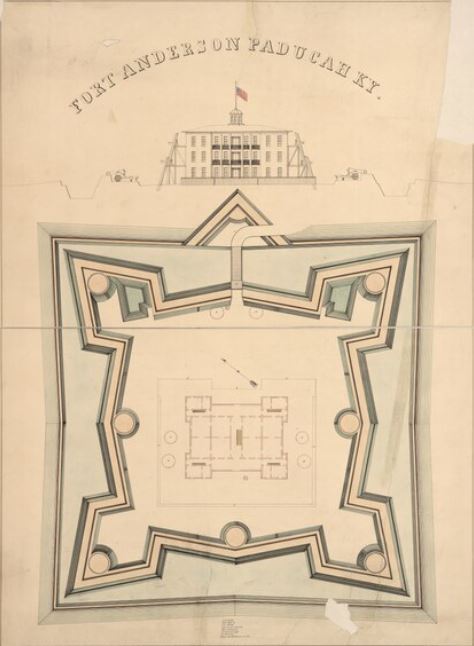
Louisville’s position at the Falls of the Ohio made it equally important to hold.
From Louisville, the Confederacy could potentially disrupt Union supply and communication lines between Illinois, Indiana, and Ohio.
Kentucky-grown hemp could also be processed in Louisville to supply vital rope and canvas for the Confederate war effort. Extensive fortifications would be built around both cities, with batteries of heavy artillery placed to cover the river approaches.
River Control is Paramount
River control would become an even higher priority for both sides with Kentucky now a Confederate state.
The Ohio River forms the northern border of Kentucky, with the Mississippi River just west. This puts over 1,200 miles of vital inland waterways under potential Confederate domain.
Blockading these rivers would cut off a major part of the Midwest from East Coast ports.
For the Union, restoring free navigation on the Ohio, Tennessee, and Cumberland Rivers was critical for the war in the West.
Union ironclad gunboat flotillas based out of Cairo, Illinois would make reopening the rivers their top objective.
A joint army-navy campaign involving infantry, artillery, and gunboats would be needed to methodically reduce the river forts and batteries now under Confederate control.
Resources may have to be drawn from other theaters to focus on this strategic challenge.
Possible Union Campaigns
Without Kentucky, the Union’s prime goal was to push the Confederate line back south of the Ohio River border. This would likely involve multiple supporting campaigns.
From western Virginia (WV), Major General George McClellan could mount a thrust south down the Kanawha Valley toward eastern Kentucky.
Simultaneously, Major General Don Carlos Buell would launch two prongs from southern Indiana. The first would move directly on Louisville. The second, under Brigadier General Ormsby Mitchel, would move through Bowling Green to seize the Barren River valley.
Further west, Major General John Pope would begin movements from Illinois toward Paducah and the Jackson Purchase region.
Coordinating river-based amphibious operations would be vital. For example, gunboats could ferry Mitchel’s men south of the Green River to cut Confederate supply and reinforcement routes.
Sustained pressure from these converging campaigns could eventually break through the main Confederate defensive lines along major rivers and force a general retreat deeper into Tennessee.
Long-term Union possession of Kentucky would be challenging to maintain against Confederate attempts to regain lost territory and lines of communication.
Battles might rage for years across the Bluegrass State’s interior as the strategic importance of holding its cities, farms and industries kept it firmly contested ground.
Possible Confederate Campaigns from Kentucky
Here are some potential Confederate campaigns that could be launched into Union territory if they held Kentucky:
- Raid on Cincinnati, Ohio – A large cavalry force under John Hunt Morgan could launch a daring raid across the Ohio River to wreak havoc in Cincinnati, the largest city in Ohio. Disrupting communications and supply lines here would have strategic impact.
- Invasion of Southern Indiana – From bases in central Kentucky, Confederate armies like Edmund Kirby Smith’s could attempt an invasion into southern Indiana. The goal would be to seize control of vital transportation hubs like New Albany and Jeffersonville.
- March on St. Louis – A joint army-navy operation holding Kentucky could give the Confederates an opportunity to threaten St. Louis, Missouri. Cutting off St. Louis from the north could compromise Union control of the Mississippi.
- Raid along the Wabash Valley – Guerilla cavalry like Morgan were well-suited for raiding Kentucky’s northern border regions. Sweeping raids could be launched from central bases deep into Illinois along the Wabash Valley to disrupt Union logistics.
- Threaten Pittsburgh – If Confederates held southeastern Kentucky and western West Virginia long-term, an overland march might eventually position them to raid north into western Pennsylvania near Pittsburgh.
Holding Kentucky gave the Confederates strategic opportunities to seriously threaten Union territory, population centers and war production if they could launch and sustain major campaigns across the Ohio River border.
7. Political and Election Implications
Had Kentucky decided to align itself with the Confederate States in 1861, the political landscape would have experienced a seismic shift, setting the stage for unprecedented implications, particularly in the realm of elections.
Impact upon the Democratic Party in 1864
If Kentucky had joined the Confederacy, it likely would have significantly impacted the Democratic Party’s election strategy in 1864 in a few key ways:
- Adopting a Peace Platform: With Kentucky bolstering the Confederacy, Democrats may have felt more pressure to explicitly call for peace negotiations in their platform. This could have alienated War Democrats and weakened their candidate.
- Choosing a Different Candidate: They may have nominated someone other than General George McClellan, who still advocated for continued prosecution of the war if necessary. A candidate seen as more amenable to peace talks could have attracted more voters disillusioned by the lack of military success.
- Focusing Campaign Rhetoric on Negotiations: Instead of focusing as much on administrative criticisms of Lincoln, the Democrats could have made the possibility of ending the war through a negotiated settlement a much larger part of their campaign messaging and advertisements.
- Emphasizing Border State Frustration: They likely would have zeroed in on highlighting northern frustration over failed efforts to retake Kentucky and projecting that expanding Confederate control could threaten other border states. This feeds the argument for trying peace talks.
- Canvassing Border Regions Heavily: More resources may have been poured into campaigning in the important swing states of Indiana, Illinois and Ohio – all bordering a Confederates Kentucky – with the goal of motivating peace-minded voters.
A Confederate Kentucky would have heavily nudged the Democratic strategy toward an explicit platform prioritizing peace negotiations as a path to end the increasingly costly war.
The 1864 Presidential Election: A Pivotal Moment
A Confederate Kentucky could have impacted Lincoln’s re-election chances in 1864:
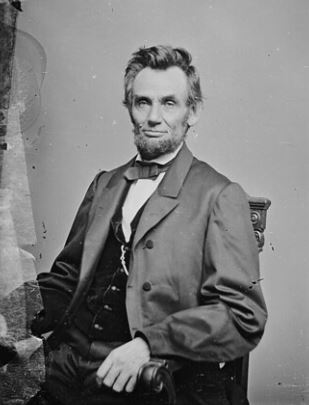
- Lowered Northern Morale: With a key border state lost, morale on the home front would likely have declined, weakening support for Lincoln and prolonging the war.
- Given Democrats More Leverage: The peace platform calling for negotiations may have resonated more with war-weary voters, giving Democrats an edge to challenge Lincoln.
- Threatened Illinois: A Confederate Kentucky posed a strategic threat right on Illinois’ border, potentially endangering Lincoln’s political base.
- Hurt Lincoln’s “War Is the Only Path” Stance: His argument that the war must be won on the battlefield would be undermined by failure to retake Kentucky early in the campaign.
- Drew Resources from Other Campaigns: Resources diverted to regain Kentucky may have stalled momentum elsewhere, eroding confidence in Lincoln’s leadership.
- Provided an “Out” for Some Radicals: Even radical Republicans convinced of subduing the South could have seen Kentucky as a cause worth leaving Lincoln over.
So in many ways, Confederate Kentucky would have raised the stakes significantly against Lincoln’s re-election chances in an already difficult year.
Further Reading
If you enjoyed this article, you may be interested to read more about the American Civil War events, or perhaps read about the bloodiest battles of the Civil War or the South’s important victories. Read here for more general American history.

